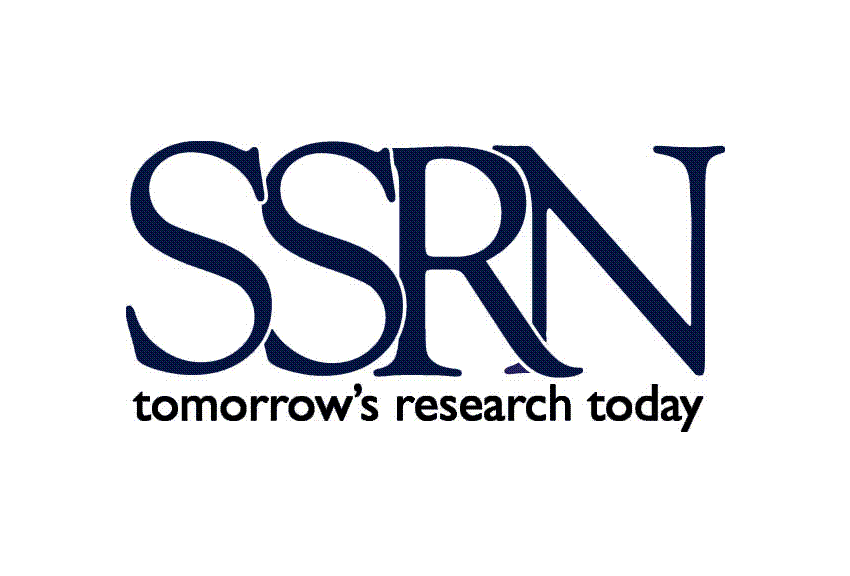Professorin Merih Sevilir, Ph.D.

Aktuelle Position
seit 6/22
Leiterin der Abteilung Gesetzgebung, Regulierung und Faktormärkte
Leibniz-Institut für Wirtschaftsforschung Halle (IWH)
seit 6/22
Professorin
European School of Management and Technology Berlin (ESMT)
seit 1/23
Leiterin der Forschungsgruppe Öffentliche Kapitalmärkte und Entstehung von Startups
Leibniz-Institut für Wirtschaftsforschung Halle (IWH)
Forschungsschwerpunkte
- Finanzwissenschaft
- Arbeitsmarktökonomik
- Unternehmensführung
Merih Sevilir ist Professorin für Finance an der European School of Management and Technology (ESMT) in Berlin und leitet seit Juni 2022 die Abteilung Gesetzgebung, Regulierung und Faktormärkte am IWH.
Merih Sevilir hat an der Bogazici University, der University of Warwick und der INSEAD studiert. Im Jahr 2003 schloss sie ihre Promotion in Finance ab. Bevor sie zum IWH kam, war sie Professorin an der Indiana University.








